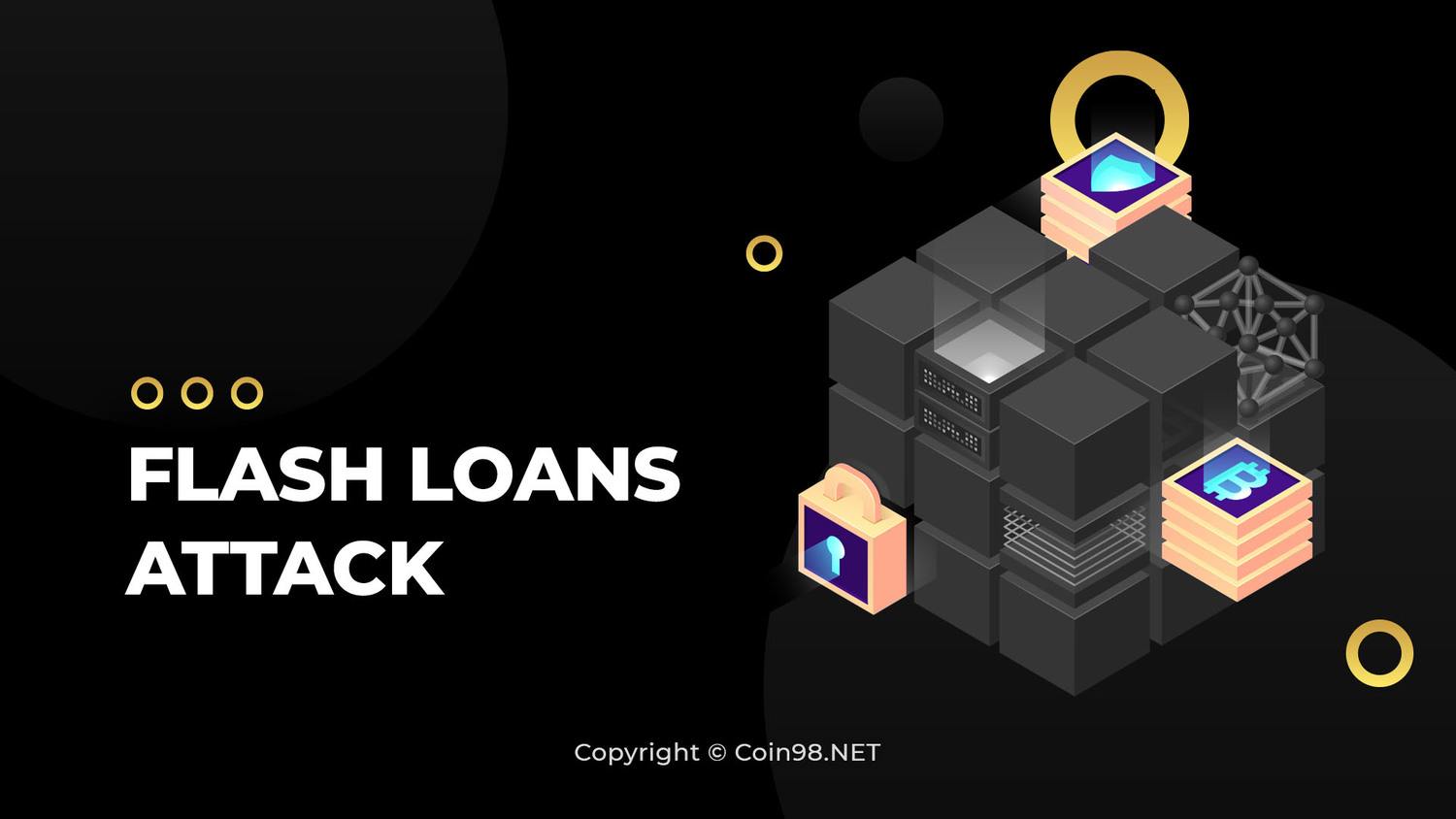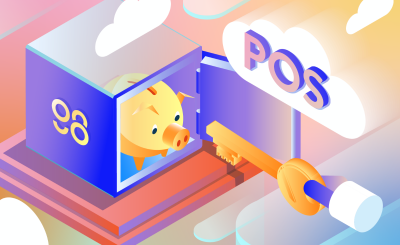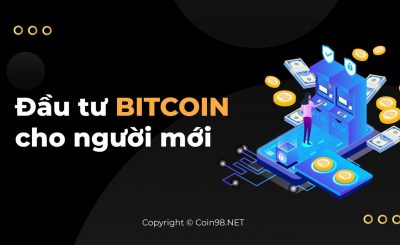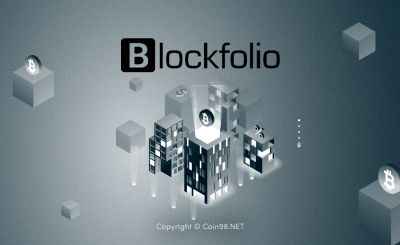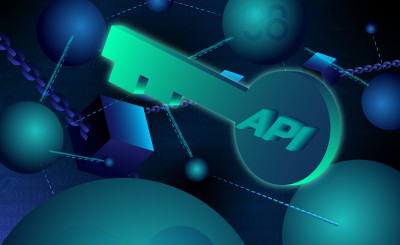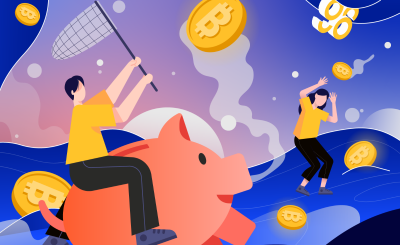Flash Loans attacks in the DeFi ecosystem are increasing in number. This is a bad sign for DeFi development projects, when the money of users using their services is always targeted by attackers, 24/7.
In the 6th issue of Unfolded, we will go into detail on this Flash Loans Attack topic.
What are Flash Loans?
Flash Loans are uncollateralized loans with the condition that the loan amount is returned to the lending platform in the same transaction.
To think simply, you borrow then do ABC with that loan, finally pay back the borrowed money all those activities are done in 1 transaction.
Transaction explanation
In essence, a transaction can contain many different execution orders in it, and most users only use one execution order to transfer tokens.
Therefore, users of Flash Loans can take advantage of various execution orders as long as the loan amount is repaid at the end of the day.
Eg:
You borrow 1000 USDC with Flash Loans, then swap 1000 USDC to 5 ETH via uniswap, then swap 5ETH to 1100 DAI on Mooniswap, then use 1100 DAI swap to 1250 USDC on Curve then pay 1000 USDC to the platform loan.
So you get a profit of 250 USDC. And all those executions will have to happen in 1 transaction.
Some projects provide Flash Loans services such as Aave, dYdX.
Application of Flash Loans
Flash Loans has 3 main applications including 1) Arbitrage 2) Collateral swap 3) Self-Liquidation.
Arbitrage (price difference)
As the example above is a case of arbitrage trading between asset classes on different platforms.
Imagine you realize an opportunity to make money through arbitrage, but you have no money or little money. Then how? Flash Loans is the solution for you.
But to use Flash Loans requires understanding of the code, so those who are not familiar with the code can use the Fucumbo application.
Collateral swap
Suppose you are mortgaging ETH to borrow DAI in Compound, but now you don’t want to use ETH as collateral anymore, but want to change it to UNI.
Then you need:
1) Borrow Flash Loans with the correct amount of DAI that you borrowed in Compound.
2) Pay DAI and get ETH back.
3) Use ETH swap to UNI.
4) Mortgage UNI into Compound to borrow DAI.
5) Use DAI to pay Flash Loans + Fees.
So you have successfully swapped collateral from ETH to UNI thanks to Flash Loans.
Self-Liquidation
Let’s say you mortgage ETH to borrow DAI from MakerDAO. But the price of ETH is plummeting and you don’t have enough DAI left to pay back the borrowed money.
Instead of being liquidated the ETH mortgaged with MakerDAO’s penalty fee. You use Flash Loans to liquidate yourself.
- Borrow DAI from Flash Loans.
- Pay DAI and get ETH back.
- Swap enough ETH to pay Flash Loans + fees to DAI.
- Keep the remaining ETH.
Flash Loans Attack/Hack
Although Flash Loans has good applications, what makes Flash Loans more powerful is its ability to attack and hack DeFi applications with millions of dollars in damage each time.
According to Research data from Techtipsnreview, the total amount that has been lost by Flash Loans so far this year has exceeded $69 million. In which, the highest loss belongs to the Harvest Finance project (losing 33.8 million USD).
After looking at each case one by one, I realized that there has been a shift in the use of Flash Loans.
In the past, when most people knew about Flash Loans, a common attack was only aimed at manipulating the Price Feed price of projects using only Price Oracle from a certain DEX.
But the recent attacks are much more complex and the amount of Flash Loans is very large often more than 10 million dollars.
In addition, one thing to pay attention to is that the frequency of DeFi projects being attacked by Flash Loans is on an increasing trend.
Maybe a few months ago, there was only 1 attack with Flash Loans, but in the past 3 weeks, more than 5 projects have been attacked (Harvest Finance, Akropolis, Value DeFi, Cheese Bank, OUSD) with quite a lot of damage.
Are Flash Loans Bad or Good for DeFi?
At this point, many of you will think that Flash Loans is something worth removing from DeFi.
But the idea behind Flash Loans attacks is that anyone with enough money can do it. And it’s just that Flash Loans has the ability to turn an ordinary person into a Whale (who has a lot of money) in just 1 transaction.
In my opinion, Flash Loans is the factor that makes DeFi projects that have been and about to be launched, to think about having a solution against Flash Loans.
From that, DeFi projects will become much more complete and safer for users. Only then will DeFi products have enough credibility when it comes to traditional or mainstream users.
Epilogue
Flash Loans are one of the innovations in DeFi that allow the average person to possess great financial power in a split second.
Of course, we do not deny the negative effects of Flash Loans on the DeFi ecosystem at the moment. But in the long term, the DeFi ecosystem will have to find a way to overcome this obstacle and grow stronger.
Hopefully this article will help you have a better view of Flash Loans in the DeFi ecosystem.
Source: What are Flash Loans? Are Flash Loans Good or Bad for DeFi?
– TechtipsnReview
